Embark on a journey through time and creativity as we dive into the history, popularity, and remarkable growth of the iconic LEGO brick. This humble Danish creation has captivated hearts across the globe, transcending generations and inspiring boundless imagination. Join us as we explore the enchanting tale behind LEGO’s rise to prominence, its enduring legacy, and the awe-inspiring numbers that make up its astounding growth story.
The History Of Lego
From Carpenter’s Workshop to Worldwide Phenomenon
In the early 20th century, a skilled carpenter named Ole Kirk Christiansen had a vision that would change the world of play forever. Starting with wooden toys and piggy banks, Christiansen’s journey took a pivotal turn in 1942 when a fire razed his workshop. Undeterred, he ventured into the realm of plastic toys, setting the stage for what would become one of the most beloved toys worldwide.
A Journey Through Production:The Growth Of Lego
Behind the enchanting world of LEGO lies an astonishing production engine. Today, the LEGO factories churn out an incredible average of 36 billion bricks annually, translating to around 68,000 bricks every minute. This staggering output showcases the insatiable demand for these colorful building blocks.
Buckle up for a tour of LEGO’s production facilities, where dreams become plastic reality. Starting at the hallowed ground of the Billund, Denmark factory—the birthplace of the first LEGO brick—the legacy continues. Yet, the honor of being the largest LEGO factory doesn’t rest in Denmark, but rather in Kladno, Czech Republic. Here, bricks cascade like a colorful waterfall, setting the stage for countless creations.
Across the world, LEGO factories hum with a symphony of creation. The Nyíregyháza, Hungary factory stands as a testament to ingenuity, while the Monterrey, Mexico factory operates as a fiesta of plastic dreams. These factories aren’t just facilities; they’re sanctuaries where creativity finds its form—one brick at a time.
In 1947, Lego unveiled its first plastic bricks, called “Automatic Binding Bricks.” They didn’t have the familiar bumps and holes that allow modern Lego bricks to stick together, but the idea was there. Lego knew it was onto something big. In 1958, with some improvements, Lego released the new interlocking bricks we know today. These bricks had a special clutch power that made them fit together more securely. With these magical bricks, kids everywhere could build and create all sorts of things.
As Lego grew, they made different sets of bricks. Some sets were simple with just basic bricks, while others were more complicated with specific themes like towns, space, and castles. With Lego, you could build anything from airplanes and boats to castles and fire stations. The possibilities were endless. Kids used their imaginations and had a blast playing with Lego sets. And as the years went on, Lego became a beloved toy that has lasted for generations.
The Global LEGO Enthusiast Cities:Popularity Of Lego
Now, let’s explore the global cities that have turned LEGO enthusiasm into an art form. From Seoul to Moscow, these cities celebrate creativity with their imaginative LEGO constructions. Seoul, South Korea, dances to a Lego rhythm, while London, United Kingdom, recreates its landmarks with brick finesse. Berlin, Germany, showcases its artistic flair, and Tokyo, Japan, immerses itself in futuristic creations.
New York City, USA, masters urban replicas, and Shanghai, China, scales new heights in architectural marvels. In Paris, France, elegance meets Lego whimsy, while Los Angeles, USA, adds a touch of Hollywood magic. Sydney, Australia, captures down-under charm, and Moscow, Russia, blends Lego with history’s grandeur.
The Top 10 Lego-Loving Cities of the World!
Hold on to your bricks, folks, because we’re about to explore the Top 10 Lego-Loving Cities of the World! These cities have taken Lego enthusiasm to new heights, or should I say, built towering Lego skyscrapers fueled by boundless creativity. So, grab your imagination and let’s embark on this brick-filled adventure!
(1)Seoul, South Korea
History Popularity and Growth of Lego
Our first stop on this Lego journey is Seoul, South Korea. Move over K-pop, because Lego is also stealing the spotlight here. Seoul is a Lego paradise, with enthusiasts eagerly snapping up sets faster than you can say “block party.” Turns out, those catchy K-pop beats and Lego bricks make for the perfect harmony.
(2)London, United Kingdom
Next up is the vibrant city of London, United Kingdom. It might be rainy outside, but inside, the Lego frenzy is in full swing. From the iconic Big Ben to the majestic Tower Bridge, Londoners have a knack for bringing their beloved landmarks to life brick by brick. Just don’t forget your umbrella if you’re ever caught in a shower of Lego pieces!
(3)Berlin, Germany
History Popularity and Growth of Lego
Now, let’s shoot across the English Channel to Berlin, Germany. This city knows how to party, and Lego is the life of the block party! Berliners have turned their Lego obsession into an art form, constructing mesmerizing displays that leave you wondering, “How did they even do that?” It’s a city where even the walls have Lego-inspired stories to tell.
(4)Tokyo, Japan
History Popularity and Growth of Lego
Next, we teleport ourselves to the neon-lit streets of Tokyo, Japan. Everything’s a little bit brighter here, especially when it comes to Lego. Tokyo’s Lego enthusiasts embrace the city’s futuristic vibe and build mind-boggling robotic creations. It’s like stepping into a sci-fi movie – one where the heroes are little Lego figures saving the day in an intergalactic battle!
(5)New York City, USA
Now let’s hop across the pond to the buzzing metropolis of New York City, USA. The city that never sleeps, and apparently, never stops building with Lego either! Whether it’s Times Square or the Statue of Liberty, New Yorkers are known for mind-blowing Lego replica creations that’ll make you question reality. Just remember to watch your step amid all those Lego bricks – we wouldn’t want you tripping and accidentally building your own Lego empire!
(6)Shanghai, China
History Popularity and Growth of Lego
We then race to Shanghai, China, where the Lego love is on turbocharge. Shanghai’s Lego enthusiasts have built scaled-down versions of their city’s jaw-dropping skyline, showcasing architectural wonders like the Oriental Pearl Tower. It’s as if the Lego bricks themselves caught the bug of never-ending growth and decided to show off their own mini version of a concrete jungle.
(7)Paris, France
History Popularity and Growth of Lego
Time to fly to the city of love, Paris, France. In a city famous for romance and fashion, Lego has carved out its own chic haven. Parisians have turned the Parisian streets into a Lego wonderland, constructing intricate scenes that blend the timeless elegance of the city with the imaginative charm of those beloved plastic bricks. It’s simply magnifique!
(8)Los Angeles, USA
History Popularity and Growth of Lego
Let’s whizz over to the glitz and glam of Los Angeles, USA, where the stars of Lego shine the brightest. In a city where dreams are made and stars are born, Lego enthusiasts have crafted their wildest Hollywood-inspired creations. Brace yourself for the red carpet premiere of blockbuster Lego films – the only thing missing is a tiny Lego celebrities posing for paparazzi!
(9)Sydney, Australia
Zooming down under, we arrive in Sydney, Australia, where Lego has found a home among the kangaroos and koalas. Sydney’s Lego builders take “down under” to new heights, erecting stunning brick versions of the Sydney Opera House and Bondi Beach. Who needs a surfboard when you can ride the waves of Lego blocks?
(10)Moscow, Russia
The History Popularity and Growth of Lego
Finally, we land in Moscow, Russia, where the Lego fever has frozen the city in its mesmerizing grip. From grand palaces to the iconic St. Basil’s Cathedral, Moscow’s Lego aficionados have transformed the city’s historic landmarks into miniature brick wonders. It’s like stepping into a world where Lego meets Russian history – Bet you didn’t see that coming!
Conclusion:The History Popularity and Growth of Lego
With a journey spanning history, production, and global devotion, the LEGO brick’s legacy is one of creativity unbound. From its humble beginnings to a worldwide phenomenon, LEGO has shaped the way we play, learn, and dream. The astounding growth, the mesmerizing production process, and the diverse cities that embrace LEGO culture all contribute to its rich tapestry.
As we conclude this exploration, we invite you to revel in the endless possibilities that LEGO offers. Whether you’re a seasoned builder or a curious newcomer, may these stories inspire your next creation. Thank you for joining us on this adventure through the history, popularity, and growth of the LEGO brick.
Please share your thoughts and questions in the comments below. Your insights are part of this ongoing journey!
Thank you for visiting Lou’s Bricks House.
If you have any questions or comments please leave them below
Affiliate Disclosure
As an Amazon Associate, I earn from qualifying purchases. This means if you click on a link in this post and make a purchase on Amazon, I may receive a small commission at no additional cost to you.
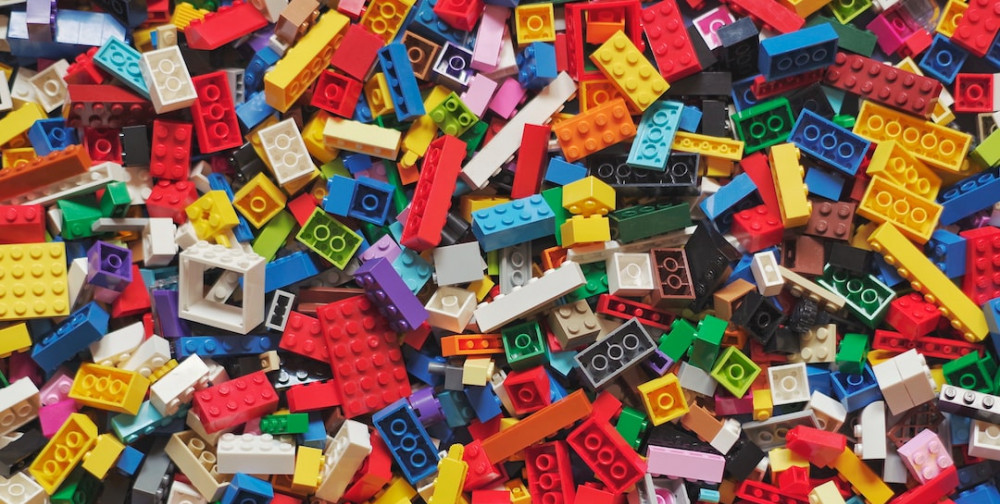
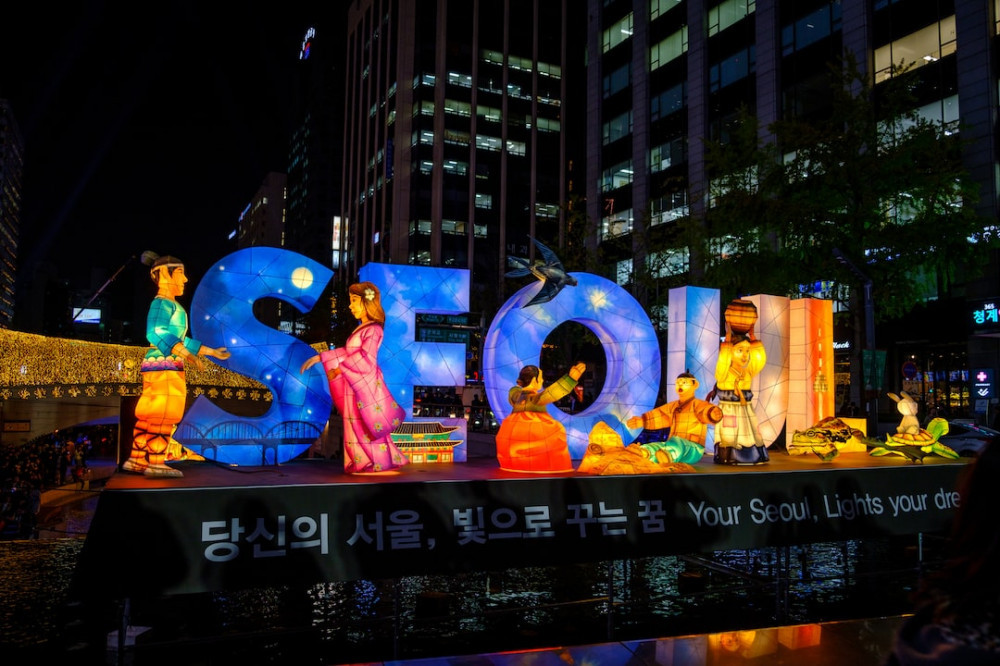
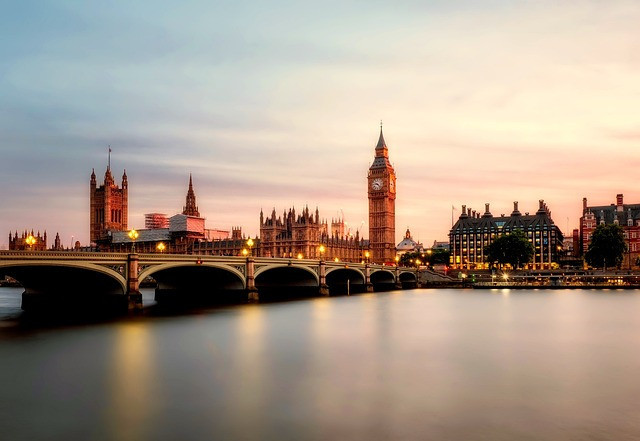
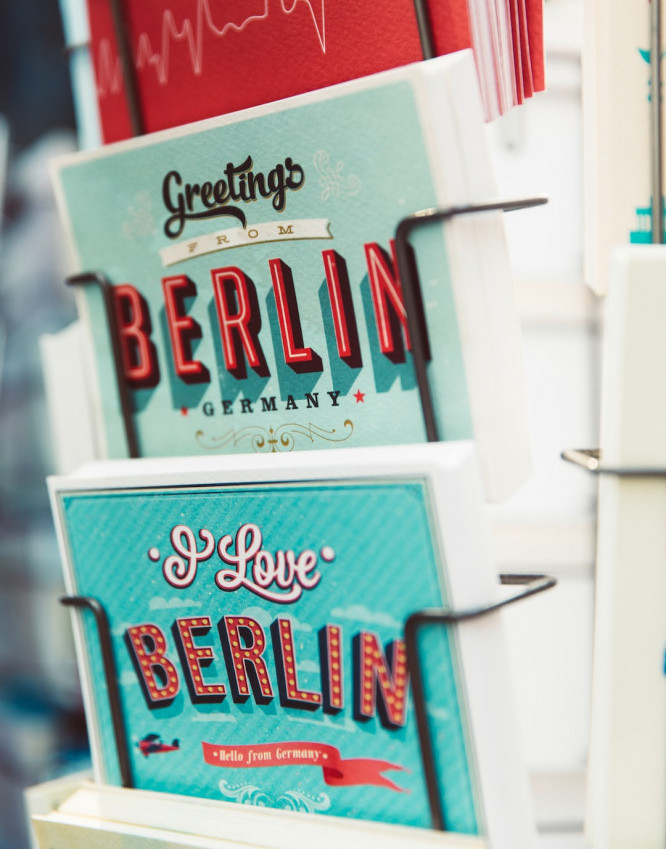
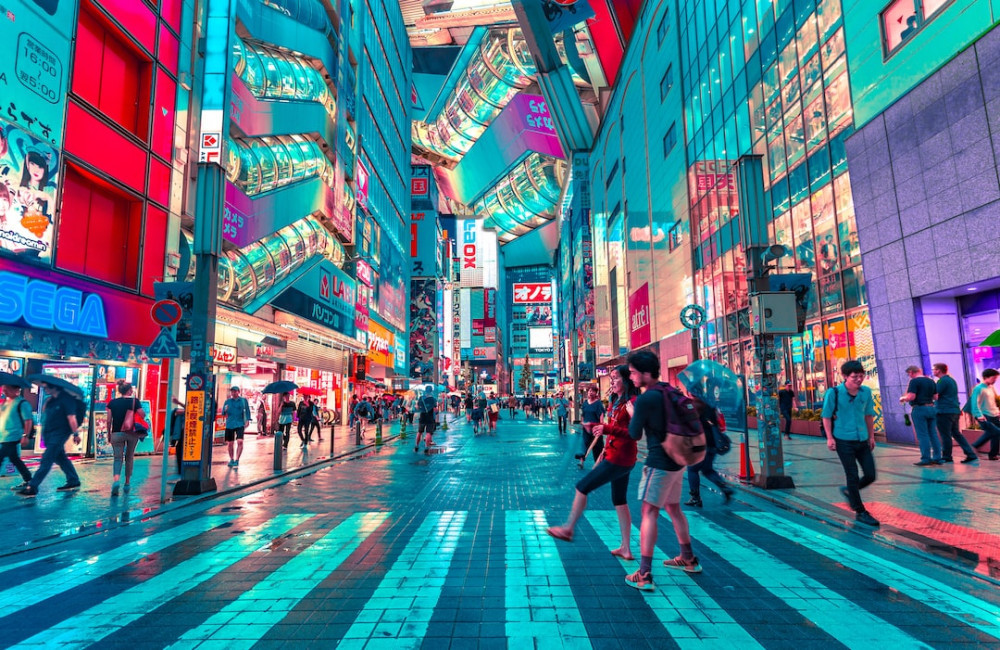
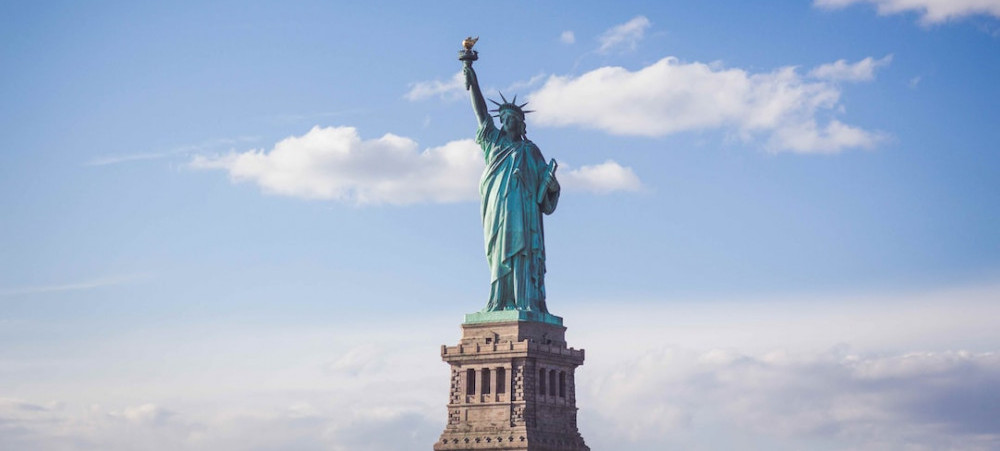
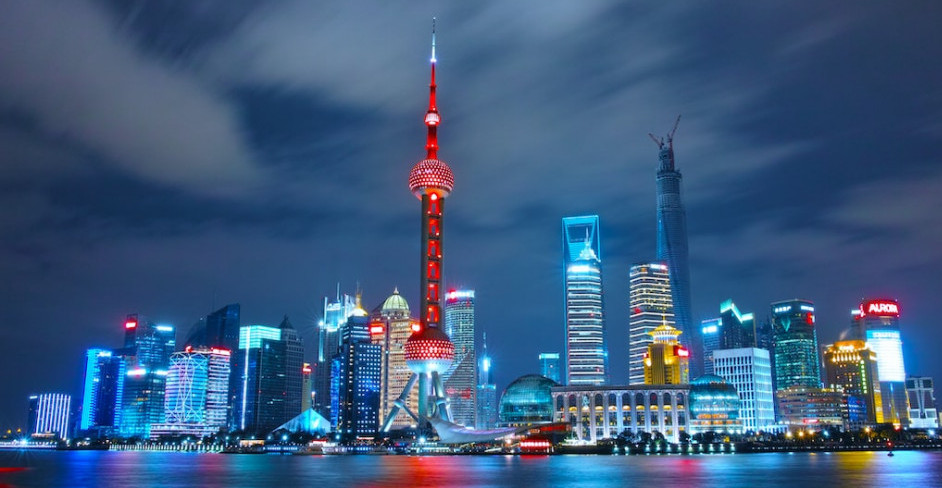
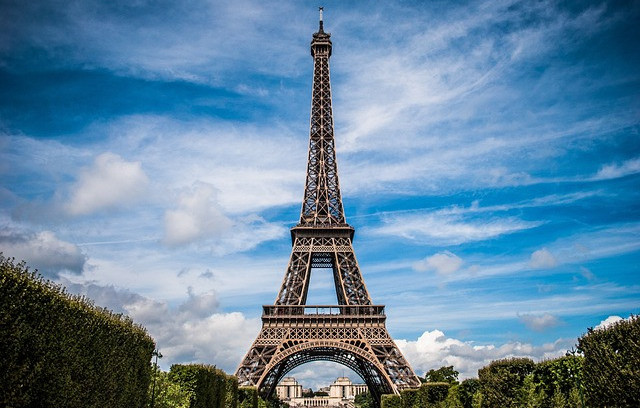
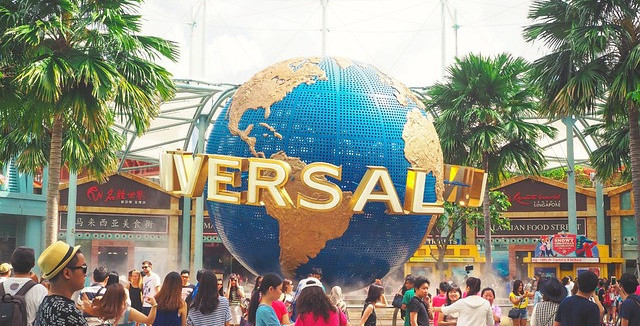
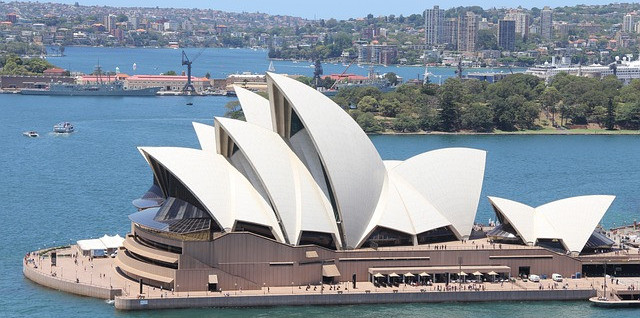
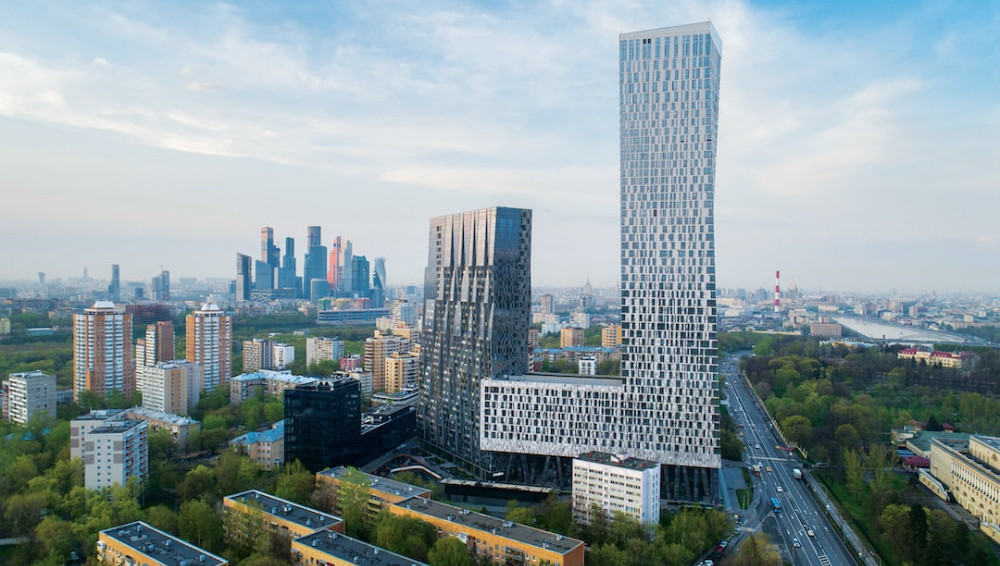
I love the way the author of this article describe the love of Lego. This toy has always been a part of my life and is a great joy for my grandkids. My best friend has gathered so many kits over the years and her kids never lost a piece so they still have every one. I am not surprised at the number of bricks made every year but am disappointed that none of the top ten cities are in Canada because we love Lego here. Thanks for this article. It’s really great.
Fascinating article. The benefits of problem solving and educational capabilities are present in the humble lego block too, particularly in STEAM (Science, Technology, Engineering, Arts, and Mathematics) fields.
In fact some sets are designed explicitly to teach children about engineering principles, architecture, robotics.
I loved how you highlighted the major cities that are lego lovers, but people from all over the world can relate to each other through their shared love for building and creating with LEGO bricks.
Thank you Michal, yes Lego is loved by all ages and genders throughout the world and it helps give us all a common bond and strengthens our ability to interconnect just like the Brick.
I really enjoyed reading this article about the history of Lego bricks. I’ve been a Lego fan since I was a kid, so I was fascinated to learn more about how they’re made and how they’ve become so popular.
I had a few questions about the article:
-How has the production process for Lego bricks changed over the years?
-What are some of the challenges that Lego has faced in maintaining its popularity?
-How does Lego manage to keep its products fresh and exciting for new generations of kids?
I also thought the article did a good job of discussing the different factors that have contributed to Lego’s popularity. I was particularly interested in the section about how Lego has been able to tap into the creativity of its fans.
I have some personal experience with Lego as well. I remember building my first Lego set when I was about 5 years old. It was a simple house, but I was so proud of it. I’ve been building Lego sets ever since, and I still enjoy it as an adult.
I think Lego is a great toy because it’s so versatile. You can build anything you can imagine with Lego bricks. It’s also a great way to develop your creativity and problem-solving skills.
Overall, I thought this was a well-written and informative article. I learned a lot about the history of Lego bricks and why they’re so popular. I would definitely recommend it to anyone who’s interested in Lego or in the toy industry in general.
Here are some of my thoughts on Lego:
-I think Lego is a great way to teach kids about engineering and problem-solving.
-I also think it’s a great way for kids to express their creativity.
-I’m glad that Lego has been able to maintain its popularity over the years. It’s a great toy that I think will continue to be enjoyed by kids for generations to come.
Have a great day.
Arisara P,